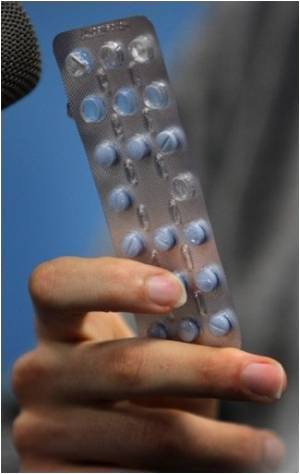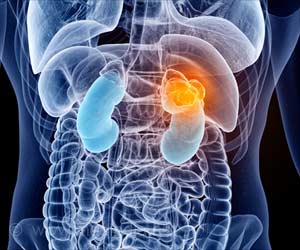Prescriptions for controlled medications, or drugs that have been considered as having the potential for abuse, have nearly doubled for adolescents and young adults in the past 14 years.

Physicians must balance the need to treat patients' symptoms while remaining aware of the possibility that prescription medications can be misused or shared with others. At times, it can be a delicate balance between treating a problem and inadvertently causing one," said Robert J. Fortuna, principal investigator of the study.
The study found that between 1994 and 2007, prescription rates for controlled medications nearly doubled from 8.3 to 16.1 percent among young adults and rose from 6.4 to 11.2 percent in adolescents.
This increase was observed for both males and females and across multiple settings - ambulatory offices, emergency departments, and for injury related and non-injury related visits.
The study examined prescription patterns for teens 15- to 19-years-old and young adults 20- to 29-years-old, using data from the National Ambulatory Medical Care Survey and National Hospital Ambulatory Medical Care Survey.
The study's authors compared data with data about prescription patterns from 1994 from NAMCS and NHAMCS.
Advertisement
Researchers tied the rise to a heightened awareness of insomnia and anxiety, the availability of new pharmaceuticals and widespread direct-to-consumer marketing.
Advertisement
Source-ANI








